
The 1960s—a decade of profound cultural upheaval, social transformation, and artistic innovation—was a crucible for literary expression. It was a time when established norms were questioned, new freedoms were embraced, and the written word provided both a reflection of and a catalyst for change. As society grappled with evolving identities, global conflicts, and burgeoning youth movements, authors emerged or solidified their legacies, offering narratives that resonated deeply with a generation seeking meaning and challenging the status quo.
For many, books were not just entertainment; they were guideposts, mirrors, and windows into new possibilities. The authors we recall from this vibrant era didn’t just tell stories; they crafted worlds, articulated anxieties, and inspired dreams that continue to captivate readers today. Their unique voices, diverse genres, and timeless themes ensured their works became “must-reads,” weaving themselves into the fabric of the decade’s intellectual and emotional landscape. Let’s journey back to discover six such literary titans whose indelible mark on the 1960s makes their books essential reading even now.
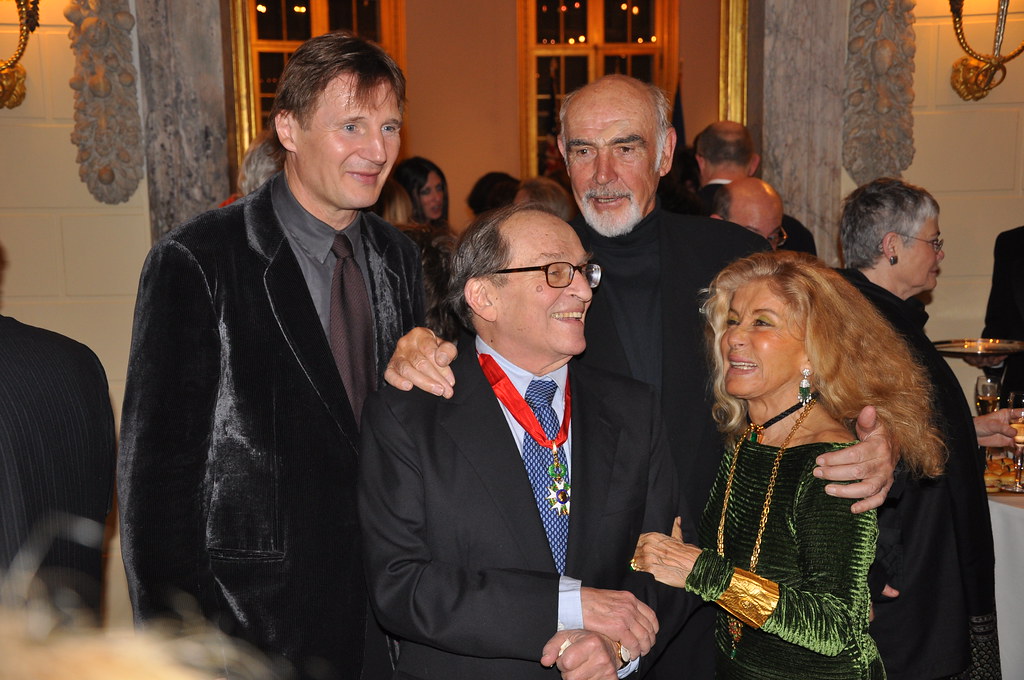
1. **Sidney Sheldon (1917-2007)**Sidney Sheldon, a name synonymous with gripping suspense and unforgettable female protagonists, truly found his literary stride as the 1960s began to unfold. Before captivating millions with his novels, Sheldon had already carved out a hugely successful career in Hollywood, earning an Academy Award for Best Original Screenplay for *The Bachelor and the Bobby-Soxer* in 1947. His talent for crafting compelling narratives was undeniable, extending through numerous successful films and television shows such as *The Patty Duke Show*, *I Dream of Jeannie*, and *Hart to Hart*. This rich background in visual storytelling undoubtedly honed his ability to create highly dramatic and page-turning plots in his later literary endeavors.
It was in the 1960s that Sheldon embarked on a new chapter, transitioning from screenwriting to novel writing, a pivot that would redefine his illustrious career. Although his first novel, *The Naked Face*, was published in 1970, the seeds of his distinctive literary style were sown throughout the preceding decade. This debut earned him a nomination for the prestigious Edgar Allan Poe Award for Best First Novel, signaling the arrival of a major new voice in fiction. His ability to seamlessly blend suspense, drama, and intricate character development quickly garnered a massive public interest, proving his mastery of yet another medium.
Sheldon’s novels are celebrated for their intricate plotting, fast-paced action, and, most notably, their focus on ambitious, resilient female protagonists who navigate complex and often dangerous worlds. Works like *The Other Side of Midnight*, *Master of the Game*, and *If Tomorrow Comes* exemplify his signature style, offering readers thrilling escapes filled with twists and turns. His unique achievement as the only writer to have won an Oscar, a Tony, and an Edgar in his lifetime speaks volumes about his versatile genius. Sheldon’s works, available at HarperCollins Publishers, continue to enthrall new generations of readers, a testament to his enduring power as a storyteller, and as he famously put it, “Life is like a novel. It’s filled with suspense. You have no idea what is going to happen until you turn the page.” He truly defined a certain kind of popular, high-stakes fiction that resonated with the era’s evolving tastes for powerful narratives.

2. **Dr. Seuss (Theodor Seuss Geisel) (1904-1991)**Theodor Seuss Geisel, universally known as Dr. Seuss, is an author whose imaginative genius profoundly shaped the childhoods of millions throughout the 1960s and beyond. Born in La Jolla, California, his work as a children’s author, humorist, political cartoonist, and illustrator established an unparalleled benchmark in children’s literature. His books, characterized by their whimsical characters, playful language, and profound underlying messages, created a magical space where children could embrace wonder while subtly learning about real-life situations. The essence of his appeal lies in his ability to make learning to read an adventure rather than a chore.
The 1960s saw some of Dr. Seuss’s most iconic creations become beloved staples in homes and classrooms. While classics like *The Cat in the Hat* and *How the Grinch Stole Christmas!* were published in 1957, the decade itself ushered in *Green Eggs and Ham* in 1960, a book that brilliantly demonstrates the power of persistence and open-mindedness through its simple, yet highly effective, narrative. These books, among others, didn’t just entertain; they helped young readers develop crucial early literacy skills through their innovative use of alliteration, rhyme, and rhythm, making them foundational texts for generations.
Dr. Seuss’s lasting impact stems from his capacity to foster imagination and critical thinking, all wrapped in accessible and delightful packages. As he famously declared, “I like nonsense, it wakes up the brain cells. Fantasy is a necessary ingredient in living.” This philosophy perfectly encapsulates his approach. His stories often touched on themes of environmentalism, individuality, and tolerance, making them timeless parables for children and adults alike. His distinctive illustrations and memorable characters have ensured that his books, available through Penguin Random House, remain essential reads, continuing to spark joy and curiosity for every child discovering the magic of reading. The sheer volume and quality of his work in this period made him a defining voice for children’s literature.
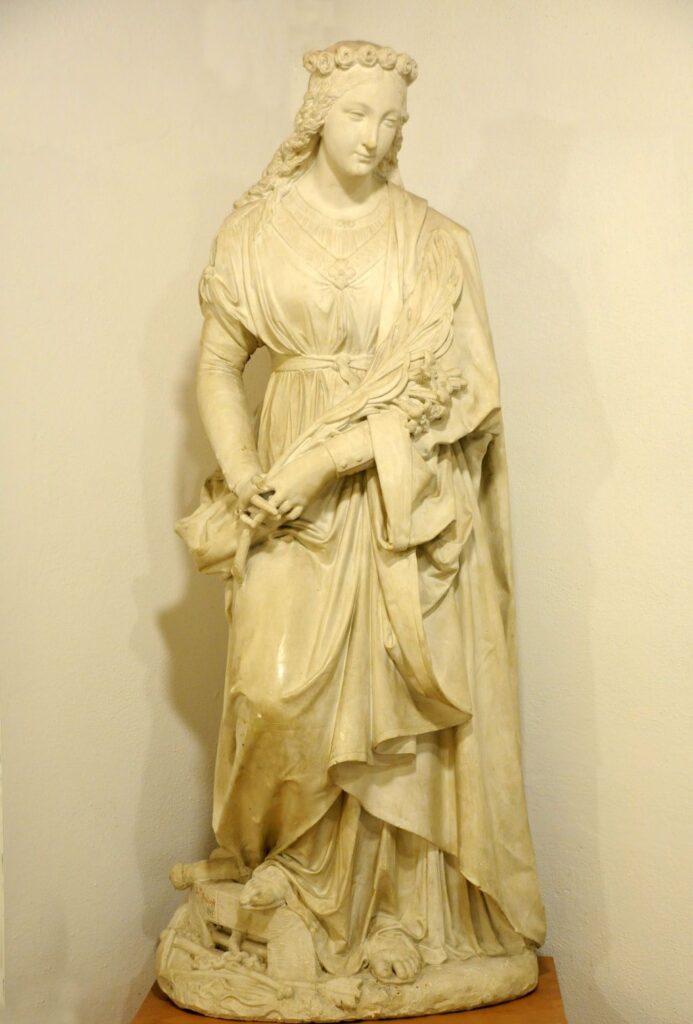
3. **J.D. Salinger (1919-2010)**J.D. Salinger, born in New York City, remains an enigmatic and profoundly influential figure whose singular novel, *The Catcher in the Rye*, published in 1951, became an undeniable touchstone for generations, particularly resonating with the youth of the 1960s. This critically acclaimed work is widely considered the magnum opus of his career, offering a raw, sincere, and often unsettling account that deeply explores the angst, alienation, and confusion that can often accompany adolescence. Holden Caulfield, Salinger’s iconic protagonist, became the voice for countless young people feeling disconnected from the adult world, perfectly capturing the era’s emerging counter-culture sentiment.
Salinger’s personal experiences, including his brief attendance at New York University and Columbia University, and his harrowing service in World War II—where he participated in the D-Day invasion and witnessed the liberation of concentration camps—undoubtedly informed the depth and complexity of his writing. These experiences added a layer of profound human emotion and understanding to his portrayal of relationships and the human psyche. Even before his novel’s success, Salinger honed his craft by writing over 20 short stories during his time serving, preparing him for a full-time writing career and introducing readers to his distinctive voice through magazines like *The New Yorker*.
Throughout his years as an author, Salinger’s signature colloquial tone and his meticulous analysis of his characters consistently guided his plots, creating narratives that felt intimately personal and universally relatable. The desire for genuine connection and the critique of phoniness, central to *The Catcher in the Rye*, became rallying cries for a generation seeking authenticity. As Salinger himself mused, “What really knocks me out is a book that, when you’re all done reading it, you wish the author that wrote it was a terrific friend of yours and you could call him up on the phone whenever you felt like it. That doesn’t happen much, though.” His profound impact on literature, particularly his ability to articulate the inner turmoil of youth, ensured his status as a defining literary figure of the mid-20th century. Salinger’s written work, available at Hachette Book Group, continues to be a vital read for anyone wishing to understand the nuanced emotional landscape of adolescence and its enduring legacy in the ’60s.

4. **Sylvia Plath (1932-1963)**Sylvia Plath, an American poet and novelist, stands as a tragically luminous figure whose confessional style of writing profoundly captured the complexities of the human experience, particularly during the 1950s and 1960s. Born in Boston, Plath quickly rose to prominence as one of the leading voices of this burgeoning literary movement, alongside contemporaries such as Robert Lowell and Anne Sexton. Her work was characterized by an intense, unflinching gaze into the depths of mental illness, identity, and the societal pressures faced by women, themes that resonated deeply with the burgeoning feminist consciousness of the era.
Plath’s unique ability to weave her own psychological landscape into her artistry made her work both deeply personal and universally powerful. Her state of mind, often marked by profound depression, found raw and honest expression through her writings, providing a voice to unspoken struggles. Among her most renowned works are the searing poetry collection *Ariel*, and iconic poems such as “Daddy” and “Lady Lazarus.” Her semi-autobiographical novel, *The Bell Jar*, directly mirrored her own battles with depression and societal expectations, offering a poignant and often heartbreaking commentary on mental health and existential despair. The novel’s candor felt revolutionary at a time when such topics were often hushed.
Tragically, Plath’s life was cut short in 1963, a year that marked both an end and a beginning for her legacy. Yet, the power of her work endures, challenging readers to confront uncomfortable truths. As she famously conveyed, “If you expect nothing from somebody you are never disappointed.” This stark realism permeates her writing. Her poetic genius continued to be recognized posthumously; *The Collected Poems*, which included previously unpublished works, was released in 1981 and earned her a Pulitzer Prize in Poetry in 1982, making her only the fourth person at the time to receive this recognition posthumously. Plath’s fierce intellect and emotional honesty continue to inspire and challenge readers, cementing her place as a literary icon whose work, available at HarperCollins Publishers, defined a crucial aspect of mid-century literature and continues to resonate with its powerful exploration of vulnerability and strength.
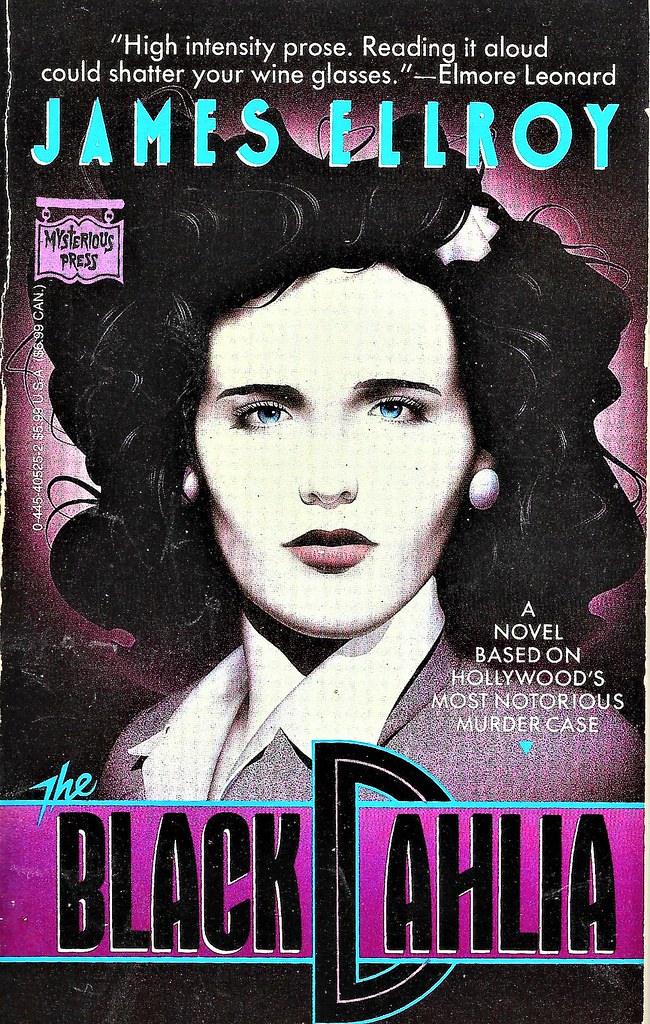
5. **Roald Dahl (1916-1990)**Roald Dahl, the Welsh-born master storyteller, created a universe of zany, imaginative, and often darkly humorous children’s books that have been fan favorites for decades, significantly shaping the literary landscape for young readers in the 1960s. His unique narrative voice, coupled with a penchant for the otherworldly and adventurous, allowed him to craft stories that captivated children and adults alike. Dahl’s ability to see the world from a child’s perspective, often siding with the underdog and subtly critiquing the absurdities of the adult world, made his books incredibly relatable and enduringly popular.
The 1960s were a particularly fertile period for Dahl, seeing the publication of some of his most cherished and iconic works. *James and the Giant Peach*, released in 1961, transported readers into a fantastical journey of a young orphan and his insect friends, celebrating courage and the power of friendship. This was followed by *Charlie and the Chocolate Factory* in 1964, a vibrant and inventive tale that explored themes of morality, temptation, and the magic of dreams through the eccentric figure of Willy Wonka. These books, brimming with memorable characters and inventive plots, quickly became cultural touchstones, sparking the imaginations of millions of children worldwide.
Dahl’s distinctive writing style, characterized by vivid descriptions, clever wordplay, and a playful subversion of traditional moral lessons, ensured his books stood out. He wasn’t afraid to portray the less-than-perfect aspects of humanity or to venture into quirky, sometimes macabre territory, which only added to the appeal for his young audience. His storytelling not only entertained but also encouraged children to question, to imagine, and to find their own strength. Roald Dahl’s legacy as a defining author of children’s literature, with works that continue to delight and inspire, is undeniable, making his books essential reading for anyone seeking a blend of adventure, humor, and heart.

6. **Ernest Hemingway (1899-1961)**Ernest Hemingway, an American novelist and short-story writer, remains one of the most celebrated and influential literary figures of the 20th century. Although his most prolific period was prior to the 1960s, his profound impact on prose style and the overarching themes he explored—such as war, loss, masculinity, and the search for meaning—made his works indispensable reading for a generation grappling with the complexities of the emerging modern world. His concise, journalistic style, often referred to as the “iceberg theory,” became a benchmark for literary efficiency and emotional depth, influencing countless writers who followed.
Hemingway’s life, filled with adventure, war, and a relentless pursuit of experience, mirrored the intensity and directness of his writing. His experiences as an ambulance driver in World War I, a foreign correspondent, and a big-game hunter profoundly shaped his perspectives, feeding into classics like *The Sun Also Rises*, *A Farewell to Arms*, and *For Whom the Bell Tolls*. These novels, already firmly established in the literary canon, continued to be widely read and discussed in the 1960s, offering powerful insights into the human condition and the enduring struggles of individuals against grand, often overwhelming, forces.
Tragically, Hemingway’s life ended in July 1961, at the very dawn of the decade. Yet, his literary presence continued to loom large, shaping the intellectual and artistic currents of the ’60s. His final major work, *The Old Man and the Sea* (1952), a poignant novella about an aging fisherman’s battle with a giant marlin, served as a powerful meditation on perseverance, dignity, and the human spirit, themes that resonated deeply with the era’s search for authenticity. Hemingway’s enduring legacy as a Nobel Prize winner ensured that his powerful narratives, while rooted in earlier experiences, continued to define and inform the literary conscience of the 1960s, solidifying his place as a foundational voice whose books are still essential reads.
The ’60s were all about pushing boundaries, right? And literature was right there, leading the charge! After diving into some of the incredible foundational voices that truly captured the heart of this transformative decade, it’s clear that books weren’t just stories; they were movements, reflections, and prophecies. Now, let’s keep that groovy journey going as we unpack the enduring legacy of six more literary giants who shaped the cultural landscape, spinning tales of science fiction, epic sagas, thrilling espionage, and profound fantasy that remain absolutely timeless. Get ready to add some more must-reads to your list!
7. **J. R. R. Tolkien (1892-1973)**Get ready to delve into a world of hobbits, elves, and epic quests, because J. R. R. Tolkien, the brilliant mind behind Middle-earth, absolutely defined what “profound fantasy” could be. This British philologist didn’t just write stories; he painstakingly created an entire universe with its own languages, histories, and mythologies, drawing readers into a tapestry of adventure and deep meaning. His foundational works, *The Hobbit* and *The Lord of the Rings*, offered an unparalleled escape from the rapidly changing world of the 1960s, inviting millions to journey through a realm of ancient evils and enduring friendships.
What’s truly fascinating is how *The Lord of the Rings*, initially published in the mid-1950s, exploded in popularity in the United States during the 1960s. It became an unexpected and vital touchstone for the burgeoning counter-culture movement, resonating deeply with young people seeking meaning, community, and an alternative to prevailing societal norms. The themes of innocence against overwhelming power, the beauty of nature, and the simple goodness of ordinary folk struck a powerful chord, making Middle-earth a spiritual home for many.
Tolkien’s meticulous world-building, combined with universal themes of good versus evil, courage, and sacrifice, elevated fantasy from mere escapism to a genre of profound literary weight. His detailed appendices and maps encouraged readers to immerse themselves fully, turning his books into more than just novels – they were entire worlds to explore. This depth and imaginative scope weren’t just entertaining; they encouraged a new generation of readers to think about allegory, mythology, and the enduring power of storytelling.
His legacy is simply immense, serving as the blueprint for nearly all modern fantasy literature that followed. From board games to blockbuster films, Tolkien’s vision continues to captivate and inspire, proving that a master storyteller can truly define an era by crafting a universe so rich and compelling, it becomes a part of our own cultural fabric. Even today, picking up a Tolkien book is an invitation to explore a profound landscape that shaped how we think about epic tales.

8. **Ian Fleming (1908-1964)**Now, if you were living in the 1960s and looking for some high-octane excitement, a dash of danger, and a whole lot of cool, then you absolutely knew Ian Fleming. This British author gifted the world one of its most iconic characters: James Bond, Agent 007. Fleming’s captivating “James Bond” novels, steeped in the world of “thrilling espionage,” didn’t just entertain; they defined a new standard for spy fiction and global adventure, capturing the pulse of a decade fascinated by covert operations and Cold War intrigue.
Bond’s rise to global icon status during the 1960s was nothing short of meteoric, especially fueled by the blockbuster film adaptations that truly brought Fleming’s suave, dangerous, and impossibly charming spy to life on the silver screen. The blend of sophisticated gadgets, exotic locales, beautiful women, and high-stakes missions perfectly encapsulated the decade’s yearning for escapism and adventure, making 007 a household name and a cultural touchstone.
The books themselves were masterpieces of suspense, offering readers a gritty yet glamorous look into the shadowy world of international espionage. Fleming’s concise and evocative prose transported readers from the casinos of Monte Carlo to the jungles of Jamaica, making every page a thrilling journey. His ability to craft compelling villains and thrilling scenarios ensured that the literary Bond was just as captivating as his cinematic counterpart, providing endless thrills for an eager audience.
Fleming’s influence on the espionage thriller genre is undeniable, setting a benchmark for complex plots, memorable characters, and relentless action. He didn’t just create a character; he created a phenomenon that continues to resonate today, solidifying his place as a literary giant who made “thrilling espionage” synonymous with sleek sophistication and daring adventure, proving that the pen truly is mightier than the sword – especially when wielded by 007.
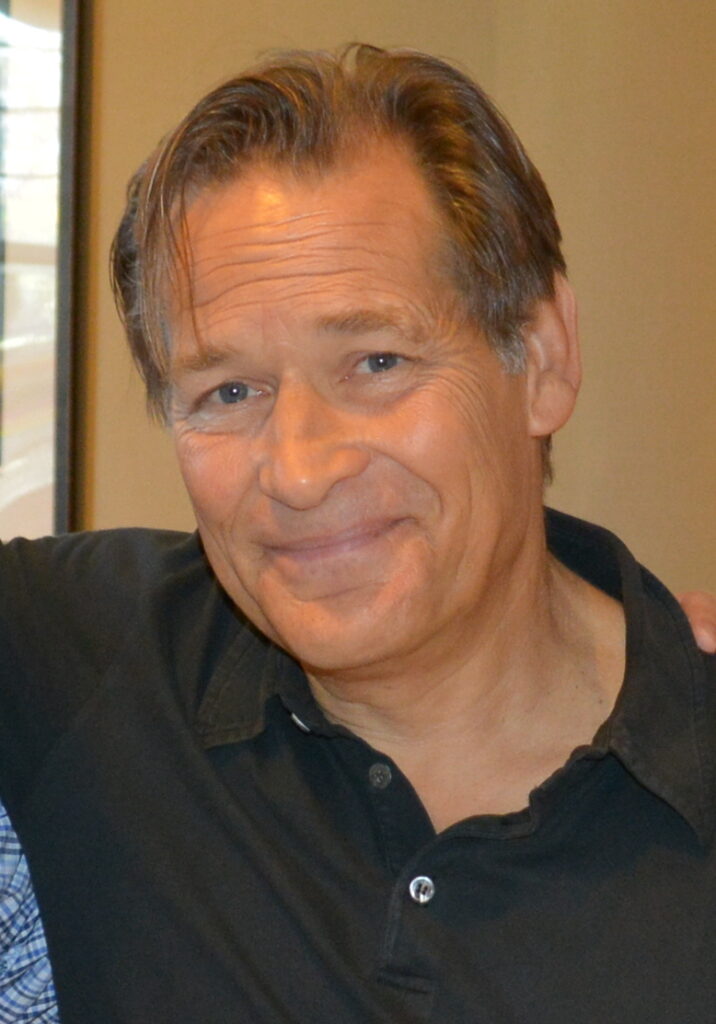
9. **James A. Michener (1907-1997)**Prepare to embark on truly monumental literary journeys with James A. Michener, a master storyteller whose “adventure” novels were nothing short of “epic sagas.” This American author was celebrated for his unique approach to fiction, weaving together meticulously researched historical facts with compelling human stories to create sprawling narratives that spanned centuries and continents. His ability to capture the essence of a place and its people made his books essential reading for anyone eager to understand the grand sweep of history.
Michener’s signature style involved tracing the history of a specific geographic location or a pivotal historical event through millennia, offering readers an immersive and educational experience. During the 1960s, when global awareness and a thirst for knowledge about different cultures were on the rise, his books like *Hawaii* (though published in 1959, it was hugely popular in the ’60s), *Caravans* (1963), and *The Source* (1965) provided unparalleled insights, making history come alive through the eyes of fictional characters.
These weren’t just “adventure” stories in the typical sense; they were profound explorations of human destiny, migration, conflict, and collaboration. Each book was a deep dive into the forces that shaped civilizations, from ancient geological formations to modern political landscapes. His narratives allowed readers to witness the unfolding of history, feeling connected to past generations and understanding the roots of contemporary issues, a concept that truly resonated with the forward-thinking spirit of the 1960s.
Michener’s impact lay in his capacity to transform complex historical and cultural contexts into accessible and utterly engaging narratives. He perfected the art of the multi-generational, geographically focused saga, cementing his status as a literary giant whose works continue to educate and enthrall. For countless readers, his books were windows into worlds both distant and familiar, shaping their understanding of history and the human experience with an almost unmatched scope.
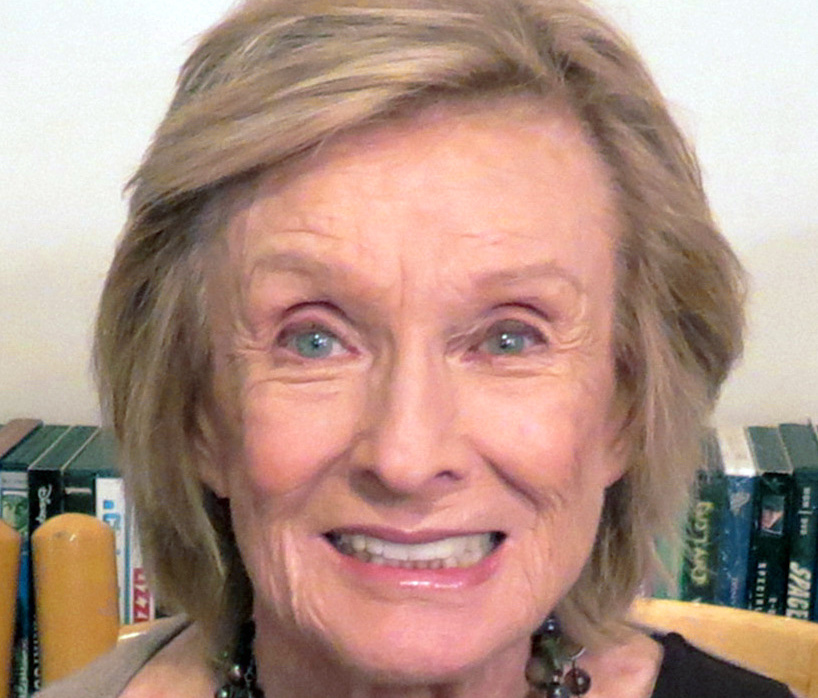
10. **Louis L’Amour (1908-1988)**If you craved tales of dusty trails, daring cowboys, and the rugged beauty of the American frontier, then Louis L’Amour was your go-to author in the 1960s. This prolific American writer became synonymous with the “Western” genre, capturing the spirit of a bygone era with a gripping authenticity and a profound appreciation for the landscapes and values of the Old West. His stories offered more than just shootouts; they were narratives of resilience, honor, and the relentless pursuit of freedom.
During a decade marked by rapid social change and technological advancement, L’Amour’s Westerns provided a powerful sense of nostalgia and an enduring connection to fundamental American virtues. His vivid descriptions of expansive plains, majestic mountains, and the harsh realities of frontier life transported readers, allowing them to experience the challenges and triumphs of pioneers and adventurers. This escapism resonated deeply, offering a different kind of adventure from the space race and changing norms.
While categorized as “Westerns,” many of L’Amour’s works can easily be seen as “epic sagas” of the American West. He often built interconnected stories, sometimes featuring recurring characters or families, painting a sprawling canvas of the frontier’s development and the intertwining destinies of those who dared to settle it. His narratives explored themes of justice, survival, and the constant struggle against both nature and human adversaries, creating a rich tapestry of American mythology.
L’Amour’s dedication to historical detail and his profound understanding of the human spirit in challenging circumstances ensured his enduring popularity. He defined the Western novel for a generation, and his books remain essential reads for anyone looking to connect with the foundational stories and values of the American frontier. He showed that even within a specific genre, an author could craft truly epic and timeless tales.
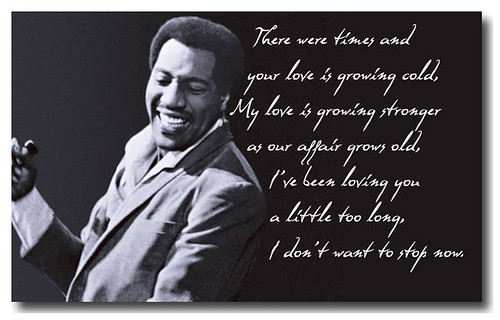
11. **Alistair MacLean (1922-1987)**Ready for some nail-biting suspense and heart-pounding action? Then Alistair MacLean is your literary hero from the 1960s. This Scottish author was a master of the “adventure, thriller, and war stories” genres, consistently delivering intricate plots and relentless tension that kept readers absolutely riveted. His works weren’t just stories; they were meticulously crafted puzzles, often set against the backdrop of global conflicts or high-stakes espionage, making him a dominant voice in the thrilling narratives of the decade.
MacLean had an unparalleled knack for setting his “thrilling espionage” and adventure tales in exotic, dangerous locales, from the icy reaches of the Arctic to the sun-drenched Mediterranean. Books like *Ice Station Zebra* (1963) and *Where Eagles Dare* (1967) became quintessential reads, pulling readers into a world where survival hinged on cunning, courage, and a healthy dose of luck. His protagonists were often intelligent, resourceful individuals battling overwhelming odds, a theme that resonated with the era’s appreciation for individual heroism.
His writing style was characterized by its lean prose and relentless pacing, building suspense through intricate plotting and unexpected twists. MacLean wasn’t one for excessive introspection; his focus was firmly on the external action and the ingenious ways his characters navigated perilous situations. This commitment to delivering a pure, unadulterated thriller experience made his books incredibly popular, cementing his reputation as a go-to author for escapist, high-tension reads.
MacLean’s influence on the thriller genre is undeniable. He perfected a formula of intricate plots, compelling characters, and high-octane action that continues to inspire writers today. His ability to transport readers directly into the heart of danger, making them feel every icy blast or every ticking clock, ensured that his adventure and war stories weren’t just read but experienced, defining a crucial aspect of popular fiction in the 1960s.

12. **Osamu Tezuka (1928-1989)**Step into the visionary world of Osamu Tezuka, often revered as the “God of Manga,” whose imaginative works profoundly reshaped the global landscape of storytelling, especially during the dynamic 1960s. This revolutionary Japanese artist and writer didn’t just create comics; he pioneered an entirely new narrative art form, blending sophisticated cinematic techniques with unique visual storytelling to produce captivating sagas that transcended age and cultural barriers. His genre, “Manga,” became a powerful force.
The 1960s were a particularly fertile period for Tezuka, as his innovative approach to “Manga” truly took hold and began to influence popular culture far beyond Japan. His iconic creation, *Astro Boy*, which premiered as an anime in 1963, became an instant phenomenon, capturing the imaginations of millions with its blend of heartwarming humanism and thrilling “science fiction” adventure. This character, a powerful robot boy with human emotions, explored themes of technology, identity, and the future, which were incredibly relevant during a decade fascinated by space and scientific progress.
Tezuka’s prolific output during this era included a diverse range of genres, from thrilling action to poignant dramas, all infused with his distinctive art style and profound philosophical undertones. His works were often epic in scope, delving into complex moral dilemmas and the very essence of what it means to be human. He masterfully used the manga medium to tell stories that were both entertaining and deeply thought-provoking, appealing to children and adults alike.
Through his pioneering efforts, Tezuka established many of the visual and narrative conventions that define modern manga and anime. His impact wasn’t limited to entertainment; he used his stories to comment on environmentalism, social justice, and the future of humanity, often with a blend of humor and pathos. His genius lay in his ability to make profound ideas accessible through engaging characters and dynamic storytelling, making manga a legitimate and influential art form.
Tezuka’s visionary approach solidified his status as a defining cultural force of the 1960s, a period when his imaginative worlds of “science fiction” and fantasy truly began to capture the global imagination. His work continues to inspire and resonate, a testament to a true literary giant who, with ink and paper, brought new possibilities to life and shaped how we tell stories about our past, present, and future.
As we close the book on this incredible journey through the literary landscape of the 1960s, it’s clear that the authors we’ve celebrated didn’t just write for their time; they wrote for all time. Their words became the soundtrack to a generation’s hopes, anxieties, and dreams, and continue to resonate with us today. Whether it was through epic fantasy, gripping espionage, sweeping historical sagas, or groundbreaking science fiction, these literary giants crafted narratives that transcended their pages, inviting us to question, to imagine, and to connect. So, what are you waiting for? Dive into these timeless reads and experience the enduring magic of the ’60s for yourself. Happy reading, bookworms!



